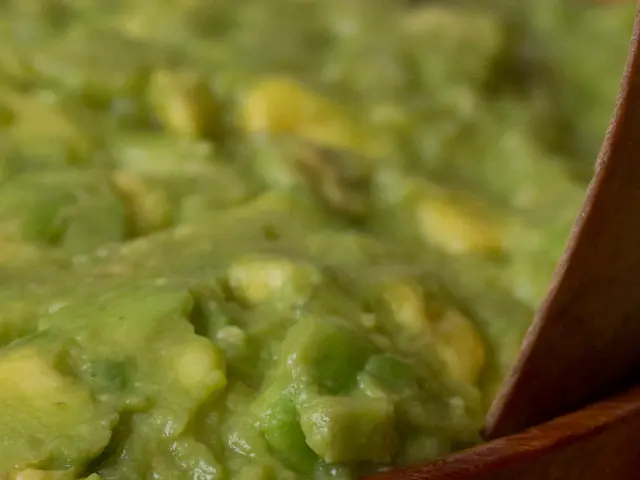Antibiotic resistance in the body is on the rise.
Antibiotic resistance, a persistent issue posing a significant concern for several years, continues to escalate without a clear solution in sight. The number of antimicrobial-resistant infections surpasses 2.8 million annually in the United States alone, signifying an alarming and ongoing rise.
Recent research findings have shed light on a novel factor contributing to the persistence of antibiotic resistance. According to an international research team, nanoplastics are a newly discovered threat that could undermine the best-known causes of antibiotic resistance — overuse and misuse of antibiotics.
Microplastics and nanoplastics (MNPs), substances smaller than 0.001 millimeters, have been found in various parts of the human body. These tiny particles, often consumed through contaminated food and water, can interfere with vital bodily functions. They silently invade the human body via seafood, bottled water, take-out containers, and even indoor air.
Inside the body, nanoplastics can bind to medications, including broad-spectrum antibiotics like tetracycline, which treat various bacterial infections. This binding can impair the drugs' effectiveness, cause them to be transported to unexpected areas, or even lead to the development of antibiotic-resistant bacteria.
"Our finding that the local concentration of antibiotics on the surface of the nanoplastic particles can increase is particularly worrisome," said study author Lukas Kenner. This concerns are amplified due to certain plastics, such as nylon, binding more strongly to tetracycline, potentially worsening the antibiotic-resistance epidemic.
To minimize the amount of nanoplastics the body encounters daily, various measures can be taken. These include:
- Avoiding nonstick pans: Nonstick cookware gradually loses its coating, releasing small plastic particles into food cooked in them.
- Filtering water: Skip bottled water and use a reverse osmosis filter at home instead.
- Reducing plastic usage: Discard plastic food storage containers, dishware, cups, and plastic wrap for food storage, and opt for glass, stoneware, or porcelain alternatives.
- Increasing exercise: Endocrine-disrupting chemicals can be found in sweat. Regular exercise may help your body release such chemicals.
- Consuming more vegetables: Cruciferous vegetables have the potential to act as chelators, binding to chemicals from plastic and helping your body eliminate them.
In addition to these measures, incorporating a probiotic supplement into your daily routine can assist your body in dealing with antibiotic issues. Research has shown that people who regularly take probiotics are less likely to require antibiotic treatment.
The proliferation of nanoplastics and their role in the spread of antibiotic resistance can be reduced by adopting measures such as:
- Reducing plastic waste: Minimize single-use plastics and promote recycling to decrease the overall amount of plastic entering the environment.
- Improving wastewater treatment: Enhance filtration and treatment processes in wastewater plants to remove MNPs before they contaminate natural water bodies.
- Monitoring and regulating: Implement stricter regulations and monitoring for MNPs in consumer products and industrial discharges.
- Public awareness and education: Increase public understanding about the sources and effects of nanoplastics to encourage responsible consumption and disposal.
- Supporting research and innovation: Encourage research into alternative materials and advanced technologies for plastic degradation and removal from the environment.
By taking these steps, we can limit the impact of nanoplastics on antibiotic resistance and the potential consequences for our health.
- The binding of tetracycline, a broad-spectrum antibiotic, to nanoplastics in the human body can impair the drug's effectiveness or lead to the development of antibiotic-resistant bacteria.
- Incorporating a probiotic supplement into one's daily routine can assist in dealing with antibiotic issues as research has shown that people who regularly take probiotics are less likely to require antibiotic treatment.
- To minimize the amount of nanoplastics that the body encounters daily, steps such as avoiding nonstick pans, filtering water, reducing plastic usage, increasing exercise, and consuming more vegetables can be taken.
- To combat the proliferation of nanoplastics and their role in the spread of antibiotic resistance, measures like reducing plastic waste, improving wastewater treatment, monitoring and regulating, promoting public awareness, and supporting research and innovation should be taken.








